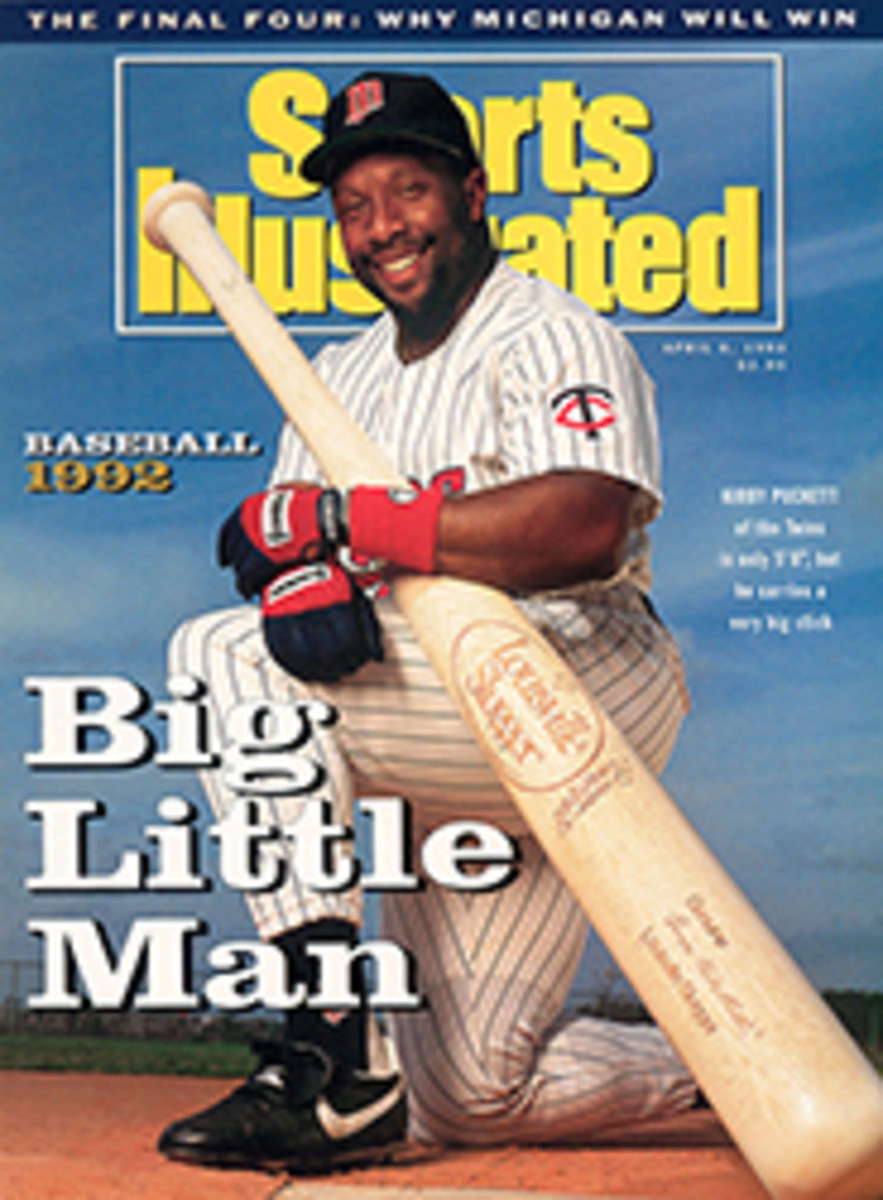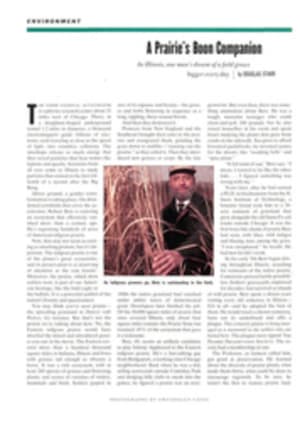
Medical Mom at the Ready
My mother has been cleaning out closets again. Today a battered plastic autograph book arrives in the mail: my Cleveland Indians autographs, circa 1957. "I am told by people who collect baseball cards for a living and also buy them that this may be valuable, monetarywise," my ever practical mother writes in a long letter. "So I am sending it along. I'd get a guesstimate on it if I were you—don't give anything away." She is right, of course, but the worth of those scribbles has nothing to do with money, at least not for me.
We lived in Tucson, where the Indians hold their spring training, and for more than 15 years my mother, Katherine Kellogg (now Ringenbach), was the medical assistant for Dr. Bill Manning, the local surgeon who cared for the team during its stay in Arizona. When I look at the autographs—Herb Score, Bob Feller, Rocky Colavito, Bob Lemon, Vic Wertz, Ray Narleski—I see, not a list of names representing ERAs and strikeouts, but a group of big brothers with various ailments. In her letter, which came tucked in the pages between Score and Wertz, my mother recounts a special kind of baseball trivia. "Jimmy Piersall was such a nice person, who always waited his turn at the office," she writes. "He came in for an ingrown toenail."
My mother attended most of Cleveland's spring games and all the ones that Dr. Manning could not. She made sure that an ambulance was there and that the first-aid equipment was up to par in the dugout and locker room. Not that my mother went into the locker room, mind you. "Oh, never," she writes. Her pride came from "knowing they were all really nice people, and when they won I felt I was keeping them healthy."
It was at my mother's knee—or, rather, her waist, for she seemed never to sit down—that I learned baseball from a medical point of view. Bobby Avila, the second baseman, had an ulcer and needed crackers and milk frequently during games. My mother would watch the dugout like a hawk to make sure the trainer gave Avila the milk and crackers on schedule.
My mother's zeal wasn't limited to the Indians' medical needs. She was not above trying to unnerve an opposing pitcher, something that almost made me lose my enthusiasm for the game. This attractive brunette screaming, "Your pants are falling down!" and other epithets, didn't belong to me, an embarrassed 10-year-old. I merely happened to have the seat next to hers.
"At least once a season someone got hit by a ball or managed to hit themselves in the head with the bat," she writes. The speed of a pitched ball hitting a player at the plate paled in comparison with the speed at which my mother could leap down several rows of seats to summon the ambulance.
"The younger players weren't as injury-prone as they were homesick and tired of training table food," writes Mom, who twice a season would have players over for dinner. The menu never changed: fruit salad and green salad, period. To me, the players seemed larger than life, shy and kind creatures from another planet.
"The players were always very good to me, and to you," my mother says, remembering the year the team gave her a $100 gift certificate that was redeemable at Tucson's snazziest clothing store. She still has the lettuce-green mohair coat she bought with it. And I still have the silver dollar given to me by trainer Wally Bock in honor of my First Communion. This is appropriate, because in my mother's mind baseball was like a religion.
These memories are from a time when the collapse of Western civilization—which my mom dates from league expansion and other symptoms of "modern" thinking in baseball—was unimaginable. She retired from Dr. Manning's office in 1964, and even with the sad news that in 1993 the Indians will move their spring-training base from Tucson to Florida, she still roots for Cleveland. She drives from her house to Hi Corbett Field for exhibition games played in the soft desert night.
Her letter ends, and a grainy black-and-white photo falls out: me, a 10-year-old girl with pigtails, dwarfed by pitchers Herb Score on one side and Mike Garcia on the other. It was taken by my mother, the best team player I know. I like to think that one reason the Indians haven't done so well lately is that my mother hasn't been with them to check the splints, make sure the crackers and milk are in bountiful supply, and serve the salad. I think she would like to think that, too.
ILLUSTRATION
ROBERT KOPECKY
Mary Alice Kellogg is a free-lance writer living in New York City. This is her first story for SI.

